Oct 23, 2024 10:10 AM
In Memoriam: Claire Daly, 1958–2024
Claire Daly often signed her correspondences with “Love and Low Notes.”
The baritone saxophonist, who died Oct.…
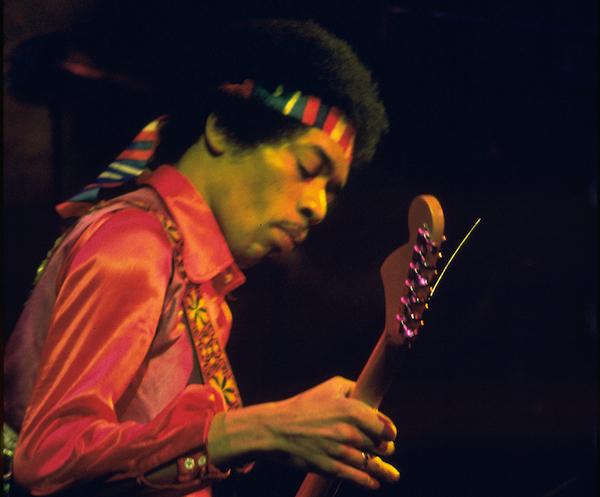
Jimi Hendrix’s performances on Dec. 31, 1969, and Jan. 1, 1970, at the Fillmore East in New York rank as a unique moment in the guitarist’s career.
(Photo: Allan Herr/MoPOP/Authentic Hendrix, LLC)Cox, now 80 and still active with the Experience Hendrix Tour (an all-star event that pays tribute to Jimi), has vivid memories of his initial meeting with the guitarist. In November 1961, Cox and Hendrix were stationed at Fort Campbell, Kentucky, as part of the Army’s 101st Airborne Division.
“I was coming from the movie theater and it was raining, so I ran for cover,” Cox recalled. “I wound up on the doorstep of Service Club No. 1 and heard this guitar playing, coming through an open window where the practice rooms were. The person was making a lot of mistakes, trying to get his soloing together, using his scales. But I heard something in the melodic flow of his playing, so I went in and introduced myself to him, and I told him I played upright bass. And he said, ‘Well, they got these new electric basses here. You can turn in your service card and we can do some jamming.’ So, I did that and, man, magic happened. That’s how it all started.”
Cox and Hendrix became fast friends and began entertaining at Army service clubs while also playing off-base at lounges in nearby Clarksville, Tennessee. After being discharged on June 29, 1962, Hendrix and Cox began playing five nights a week at the Pink Poodle in Clarksville. It was there that they were discovered by a Nashville club owner, who invited them to audition for a spot at the Del Morocco. Cox and Hendrix subsequently moved to Music City, where they formed a band—the King Kasuals—and began touring clubs. By January 1964, Hendrix was ready to move to the Big Apple.
“Jimi felt he was about ready to go to the big city,” Cox recalled. “I advised him not to go, but he left anyway. But a month later, Jimi was broke and wanted to come back. He called, and I sent him some money, and he returned to Nashville.”
In the intervening years, from 1964 to 1966, Hendrix honed his guitar-playing skills as a sideman for the likes of Little Richard, Wilson Pickett, King Curtis and The Isley Brothers. He would eventually form his own band, Jimmy James & The Blue Flames.
On Sept. 24, 1966, having signed a management contract with The Animals’ bassist Chas Chandler, Hendrix flew to the U.K. to meet his Experience bandmates: Noel Redding and Mitch Mitchell. He also would be introduced to London’s glitterati. But before leaving New York, he called Cox in Nashville: “[Hendrix] said, ‘Billy, these guys are going to take me to Europe and make me a star, and I told them about you. Can you get up to New York?’ But I told him, ‘No, Jimi. I can’t.’ I didn’t have money to buy strings for my bass, let alone buy a bus ticket to New York, so I remained in Nashville and Jimi went off to London to become a star.”
In April 1969, after the disbanding of the Experience, Hendrix again would call Cox to New York to begin experimenting on new material in a new band, Gypsy Sun and Rainbows, In addition to the bassist, the ensemble included drummer Mitchell, rhythm guitarist Larry Lee and conga players Juma Sultan and Jerry Velez. That band, which closed the three-day Woodstock Festival, lasted only one month.
Band of Gypsys also had a short existence: After the Fillmore sets, the group headlined an all-star concert/rally on Jan. 28 for the Vietnam Moratorium Committee that was billed as “Winter Festival for Peace” at Madison Square Garden. It proved to be a disaster, leading to the dissolution of the new group. They didn’t go on until 3 a.m. and struggled through two songs before Jimi dropped his guitar and walked off stage, dissatisfied.
In a backstage showdown, Hendrix’s manager—who begrudgingly had gone along with what he perceived to be the far less commercially viable Band of Gypsys while harboring plans for an Experience reunion—fired Miles and then recruited Mitchell to return as drummer. Redding already had opted to tour with guitarist Jeff Beck, so Cox stayed on as a salaried employee of the newly reformed Jimi Hendrix Experience.
At the time, Hendrix shrugged off the Band of Gypsys breakup as a temporary detour in his career path. “The reason for the record was to fulfill an old record contract,” he insisted in a Rolling Stone interview. “We won’t be back together again.”
The reformed Experience commenced touring on April 25 at The Forum in Inglewood, California, and ended its run on Sept. 6 at the Love & Peace Festival in Fehmarn, Germany, with performances at the Atlanta Pop Festival and the Isle of Wight Festival in between.
Hendrix’s last public appearance came Sept. 16, when he sat in with Eric Burdon and War for a jam at Ronnie Scott’s in London. Two days later, Hendrix was dead, leaving behind a recorded legacy that continues to be tapped to this day.
“Jimi was great,” Cox said of his friend. “And he was dedicated. He applied grit—part passion and perseverance—which enabled him to learn to play that guitar the way it was supposed to be played. And his music is as relevant today in the 21st century as it was in the 20th century.
“He was a ‘future man,’ you might call it, but he wrote in ‘the now,’ and it impacted lives in many untold ways—like the soldiers in the rice paddies and the jungles of Vietnam, to the brothers and sisters in the ’hood, from the young people who were lovers of peace and justice to those musicians who were looking for a new direction in music. And to countless people who held onto the music because … some of them have told me that it was all that they had. And it spoke to those empty places in their lives.” DB
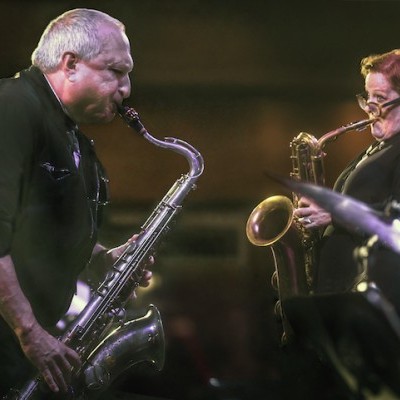
Claire Daly, right, performs with tenor saxophonist George Garzone at Dizzy’s in 2023.
Oct 23, 2024 10:10 AM
Claire Daly often signed her correspondences with “Love and Low Notes.”
The baritone saxophonist, who died Oct.…
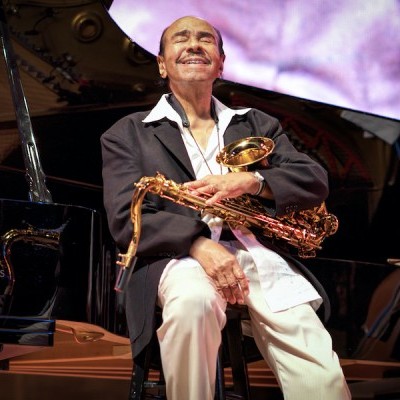
Benny Golson soaks in the music during a late-career performance at Chicago’s Jazz Showcase.
Sep 24, 2024 12:02 PM
Benny Golson, one of the greatest composers and saxophonists of the bebop era, passed away Saturday, Sept. 21, at his…

Harpist Brandee Younger is among the performers on the program for this year’s Hyde Park Jazz Fest in Chicago.
Sep 17, 2024 11:40 AM
The 18th Annual Hyde Park Jazz Festival will be held on 13 unique stages across Chicago’s Hyde Park, Kenwood and…
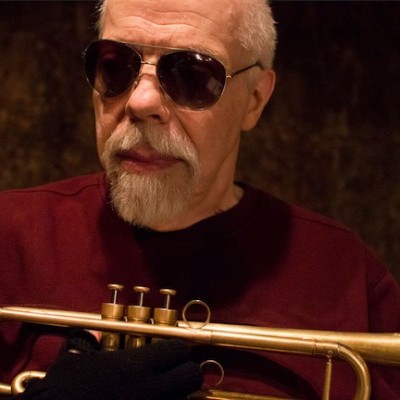
McNeil’s virtuosity as a player was unimpeachable and his imagination as an improviser was vast.
Oct 2, 2024 11:35 AM
John McNeil, a trumpeter, composer and educator who built an accomplished and progressive career in jazz despite a…
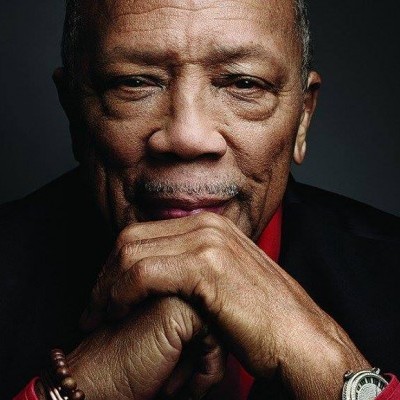
Quincy Jones’ gifts transcended jazz, but jazz was his first love.
Nov 5, 2024 1:00 AM
Quincy Delight Jones Jr., musician, bandleader, composer and producer, died in his home in Bel Air, California, on…